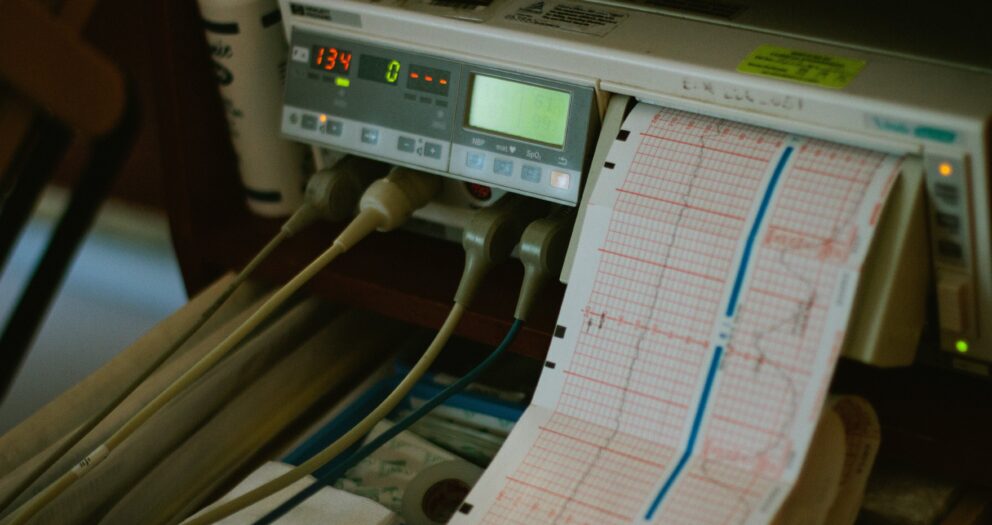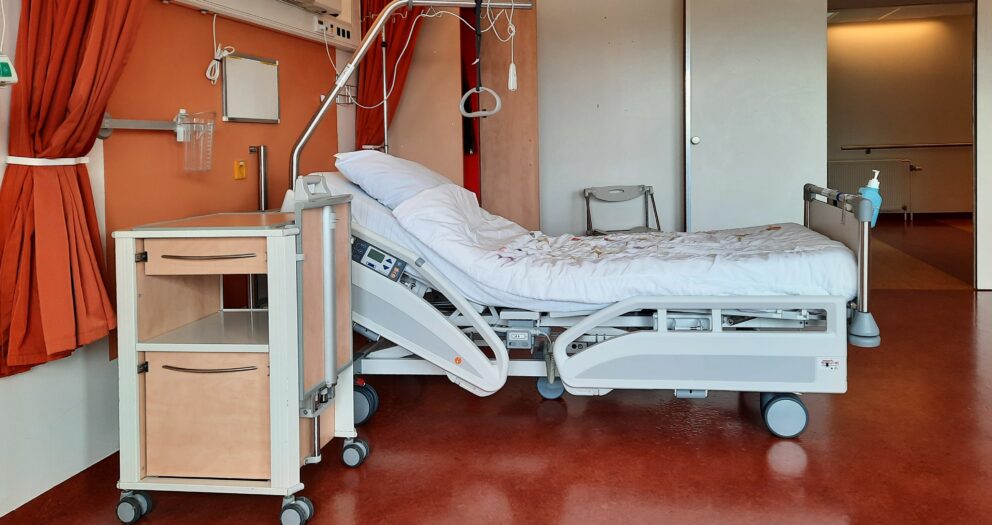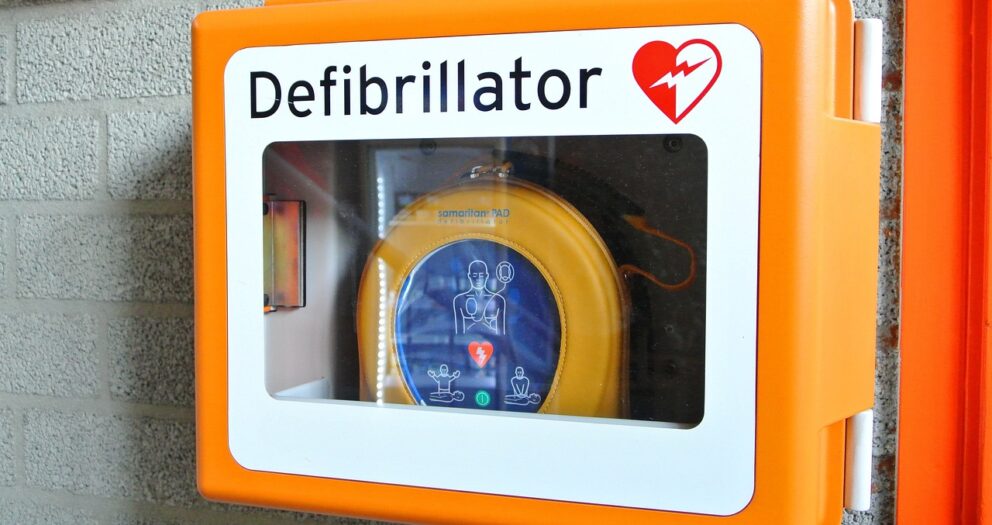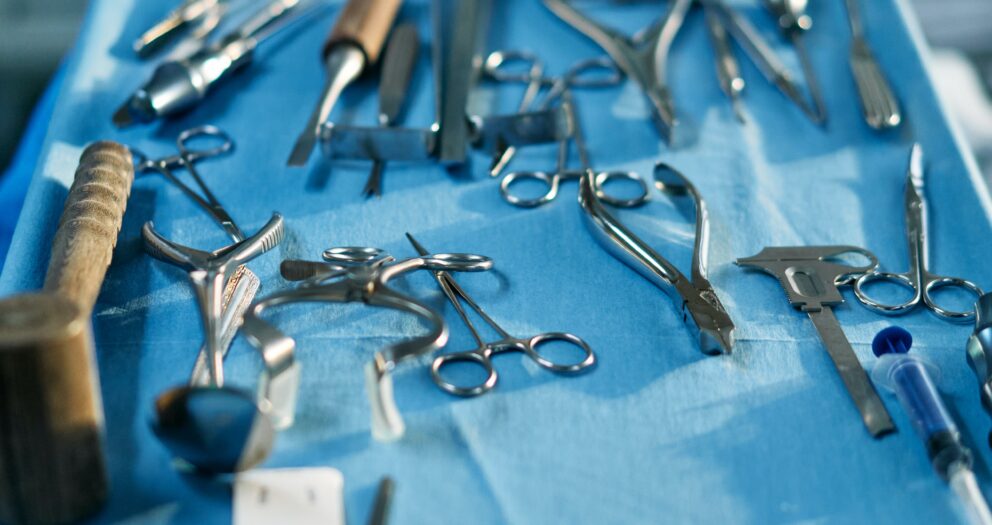The choice between refurbished or new equipment is a crucial decision for healthcare facilities. On one hand, new medical equipment promises the latest technology and reliability. On the other hand, refurbished equipment offers cost savings without compromising on quality. In this guide, we will explore the key factors to consider when making this decision and help you determine which option is best for your healthcare institution.
Refurbished Medical Equipment
Refurbished medical equipment refers to devices that have undergone a thorough process of inspection, repair, and restoration to meet specific quality and safety standards.
These devices are typically sourced from various origins, including hospitals, clinics, and equipment manufacturers. They are taken through steps which include:
- Inspection and Testing: Every component of the equipment is inspected, and any faulty parts are identified and replaced.
- Cleaning and Sanitization: Equipment is thoroughly cleaned, sanitized, and disinfected to meet strict hygiene standards.
- Calibration and Upgrades: Devices are calibrated to ensure accurate performance, and they may be updated with the latest software or hardware enhancements.
- Quality Assurance: Refurbished equipment is rigorously tested to ensure it functions as intended and complies with industry regulations and standards.
Why Opt For Refurbished Medical Equipment?
Refurbished medical equipment comes with several advantages. As a medical facility, you should consider the short and long-term benefits refurbished medical equipment offers. The perks of obtaining refurbished equipment include:
- Cost Savings: One of the most significant benefits is cost-effectiveness. Refurbished equipment is generally more affordable than brand-new counterparts, allowing healthcare institutions to allocate resources to other critical needs.
- Shorter Lead Times: Acquiring refurbished equipment often involves shorter procurement and delivery times, which can be essential for facilities needing to replace or upgrade devices promptly.
- Access to High-Quality Equipment: Refurbished equipment can provide access to high-quality devices that may have been cost-prohibitive in their new state.
- Reliability: Quality refurbishment processes ensure that the equipment is reliable and performs at industry standards.
- Environmentally Friendly: Reusing and refurbishing equipment is environmentally responsible, reducing electronic waste and promoting sustainability.
Considerations for Refurbished Equipment
Looking at the benefits of purchasing refurbished equipment, facilities may quickly move to equip their facilities with them. However, essential considerations need to be addressed before investing in this equipment.
Does it have warranty coverage, is it well-sourced, or is it built to deceive? Key considerations for your facility include:
- Source and Reputation: Choose reputable suppliers with a proven track record in refurbishing medical equipment. Ensure they adhere to industry standards and regulations.
- Warranty and Support: Inquire about warranty coverage and available support services. A comprehensive warranty can provide peace of mind and cost protection.
- Equipment History: Understand the equipment’s history, including its previous use, maintenance records, and the extent of refurbishment performed.
- Regulatory Compliance: Ensure that refurbished equipment complies with local, state, and federal regulations and meets certification standards.
- Compatibility: Verify that refurbished equipment is compatible with your existing systems and infrastructure.
A Case for New Medical Equipment
New medical equipment, straight from the manufacturer, comes with its own set of advantages and considerations. Every health facility may prefer to own its own equipment, straight from the engineering vaults.
It’s new, fresh, and dependable when all factors are considered. Advantages of acquiring new medical equipment include:
- State-of-the-Art Technology: New equipment typically features the latest advancements in medical technology, offering cutting-edge capabilities.
- Reliability and Longevity: New devices often come with longer warranties and a longer expected lifespan, reducing the need for frequent replacements.
- Manufacturer Support: Manufacturers provide comprehensive support, including training, maintenance, and readily available replacement parts.
- Peace of Mind: With new equipment, there are no concerns about previous usage, wear and tear, or hidden defects.
Factors to Keep In Mind When Opting For New Equipment
Now that you’ve analyzed the pros of having new medical equipment, you should rush and buy the tools now, right? Not yet. Before making that vital purchase option, you should consider key factors that will affect your short and long-term targets.
The key factors to keep in mind include:
- Higher Costs: New equipment is considerably more expensive up front, requiring a substantial budget allocation.
- Lead Times: Procuring new equipment may involve longer lead times, potentially delaying implementation.
- Budget Constraints: Limited budgets may restrict a healthcare facility’s ability to invest in new equipment or require the reallocation of funds from other areas.
- Environmental Impact: The production and disposal of new equipment have a greater environmental footprint compared to refurbished options.
Consider These Tips as You Make a Final Choice
There are valid reasons to support both refurbished and new medical equipment enthusiasts. However way you choose to look at it, both options have glaring pros and cons.
Before you make a choice, however, consider these aspects:
- Budget Constraints: Evaluate your available budget and whether it allows for the purchase of new equipment without compromising other essential areas of your facility’s operations.
- Clinical Requirements: Assess the clinical requirements of your healthcare institution. For critical or specialized applications, new equipment may be necessary to ensure the highest level of patient care.
- Equipment Lifespan: Consider the expected lifespan of the equipment. If it will be in use for an extended period and frequent upgrades are not needed, new equipment may be a better investment.
- Technology Advancements: Evaluate the importance of having the latest technology. In fields with rapid advancements, new equipment may be essential to maintain competitiveness and provide the best care.
- Maintenance and Support: Examine the availability of maintenance and support services. Refurbished equipment should come with a comprehensive support package to ensure optimal performance.
- Environmental Responsibility: Factor in your facility’s commitment to sustainability and environmental responsibility. Choosing refurbished equipment aligns with green initiatives.
- Regulatory Compliance: Ensure that both refurbished and new equipment comply with regulatory standards and certifications required in your region.
- Long-Term Planning: Consider your facility’s long-term plans and whether purchasing new equipment aligns with your future needs and expansion goals.
The choice between refurbished and new medical equipment is not one-size-fits-all. Each option has its own set of advantages and considerations, and the decision should be tailored to your healthcare facility’s specific requirements and resources.
Refurbished equipment offers cost savings, quick availability, and reliability when sourced from reputable suppliers. On the other hand, new equipment provides access to cutting-edge technology, long-term reliability, and comprehensive manufacturer support.
Ultimately, the right choice depends on your healthcare institution’s budget, clinical needs, technology requirements, and long-term goals. Evaluate the aforementioned factors to make the best choice for your facility and improve service delivery.







Write a comment
Your email address will not be published. All fields are required